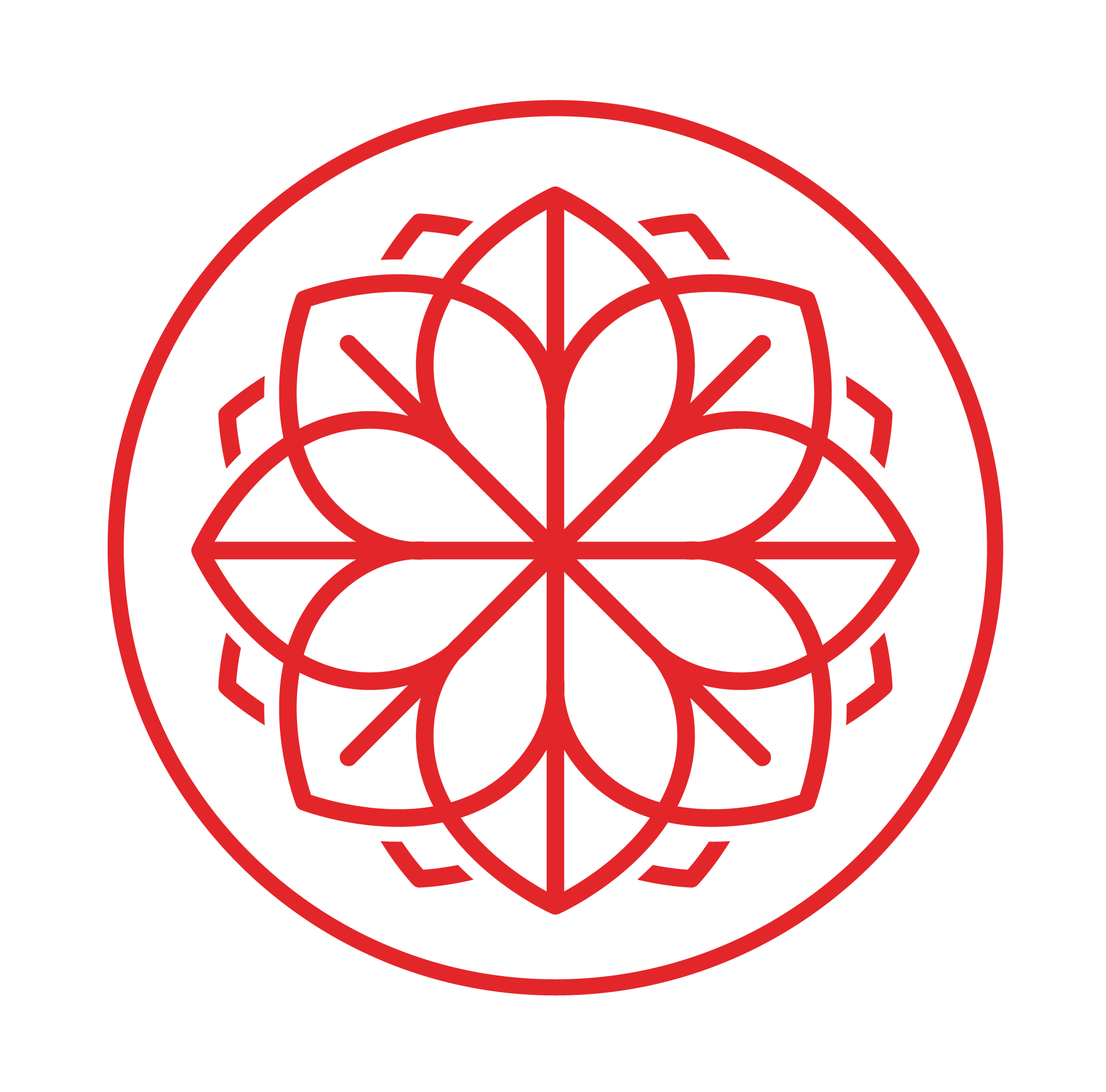A woman’s menstrual cycle is a tender, powerful, emotional, uncomfortable, empowering, chaotic, orderly, miracle of a mess that all culminates in the amazing opportunity for the creation of new life. Typically 28 days in length, the 4 phases, menstruation, follicular, ovulation, and luteal, all have different attributes as hormones fluctuate. No two periods are alike, and the phases may look different woman to woman, but the general ebb and flow of energy with the hormonal changes is a shared experience. Lifestyle practices like exercise, diet, extracurriculars, and socialization should be adapted to best support physical, mental, and emotional health throughout the cycle.
Phase 1: Blood Phase- Menstruation (Winter)
During menstruation, the uterus sheds its uterine lining, resulting in the greater movement of blood. Menstruation is considered the first day of the 28 day cycle, and marks the rise of the FHS hormone, or Follicular Stimulating Hormone, responsible for stimulating ovarian follicles to grow in preparation for ovulation.
In TCM, menstruation relates to winter, a time to slow down, rest, and keep warm. Because of the loss of blood and QI during this part of the cycle, it is important not to overdo it with exercise or physical exertion. However, to keep blood flow moving, gentle walks and stretching are encouraged.
This phase of the monthly cycle will naturally lessen your energy, and is a time to turn inward and focus on rest and relaxing practices like taking a bath or napping. Once your estrogen levels begin to rise again, your energy levels will too.
To nourish your body during this phase of blood loss, eat herbs that build blood, like Dang Gui, Goji berries, and Jujube, foods high in omega-3s, antioxidants, and anti-inflammatory foods to reduce symptoms of bloat, warm stews, whole grains, root vegetables, and iron rich foods to nourish the blood.
Phase 2: Yin Phase- Follicular/Postmenstrual (Spring)
The follicular phase runs roughly from days 7-21, and is marked by the rise of estrogen, rebuilding blood and yin, and the regrowth of the uterine lining, follicles, and fluids. The FHS hormone is pushing ovarian follicles into position and prepping them for ovulation. Along with the rise of estrogen comes a rise in energy levels and mental clarity.
During this time of expansion, it is encouraged to ramp up your exercise routine to include more high intensity and endurance workouts, find ways to be creative, meet new people, start projects, and take advantage of heightened productivity. Associated with spring, the follicular phase is all about growth, both physically as the uterine lining grows thicker and cervical mucus increases, an mentally as your energy increases.
Incorporate estrogen building herbs like Rehamanniae, cornelian cherry, and peony root. Foods that are rich in vitamin D and A, and well as zinc and selenium, will help thicken the uterine lining and prepare for ovulation. Also eat leafy greens, fish, eggs, meats, foods high in fat, and shellfish to build Yin.
Phase 3: Yang Phase- Ovulation (Summer)
Lasting just 12-24 hours, ovulation marks the passage of the egg through the fallopian follicles. Yin reaches its peak here, transitioning into yang.
Associated with summer, ovulation is the time in the cycle when you feel your best- you may feel more energetic, motivated, focused, confident, and social. Heavier or more intense exercise is supported by your hormones right now, but it is also important to listen to your body and mind. If you start to feel overwhelmed, it is encouraged to step back and let yourself slow down.
To support this upswing in energy, eat chicken, fish, quinoa, warm salads, Chinese wild yam, ginseng, schisandra, and cinnamon. Stay hydrated to help with bloating.
Phase 4: Luteal- Ovulation/Premenstruation(Autumn)
The time between ovulation and menstruation is called the Luteal phase, where progesterone is secreted, offering the body the greatest support for conception and pregnancy. As the most Yang part of the cycle, body temperature rises as the chance of pregnancy is greater. The body requires immense energy to grow an embryo, making this a very energetic time. However, if pregnancy does not occur, progesterone fades and the menstruation cycle begins. Associated with Autumn, this is a time for reflection on your physical and emotional self.
Feelings of irritation and upset may be more common, and there will be a greater desire to slow down. A decrease in vigorous exercise, increase in stretching, yoga, journaling, self care practices, and practicing breathwork are all positive practices during this part of the cycle.
Incorporate yang-supporting foods like cooked vegetables, stewed meats, steak for a hit of iron, and brown rice, progesterone-supporting herbs and foods like Vitex berry, Astragalus, and Chuanxiong, and foods high in vitamin B. Avoid inflammatory foods high in refined sugars, highly processed, greasy, and fried, as well as alcohol.
Because each woman’s cycle is so different, each woman’s approach to menstrual care will look different. The most important thing is to listen to your body, learn your symptoms, and understand where an imbalance may lie and seek help to ease discomfort and increase the ease of menstrual flow.
Acknowledging changes in energy, adjusting physical activity, eating a balanced diet, allowing rest, and embarking on new projects are all ways to enjoy the benefits of each phase. The knowledge you gain from learning your symptoms can be valuable insight into your hormonal health, can help you plan for pregnancy, can help manage symptoms, or can simply help you make informed decisions about your health.
References
● https://wthn.com/blogs/wthnside- out/womenshealth?srsltid=AfmBOoqcPXPKyw6VSyb5uJfFWfq7BWF5oI15fOatZl0RC3dfzIVu9Paw
● https://www.herbalreality.com/condition/menstrual-health-traditional-chinese-medicine-perspective/?cookie-consent-set=true
● https://thedaohealth.com.au/what-happens-in-your-menstrual-cycle/
● https://www.conceive.org.uk/post/menstrual-blood-according-to-traditional-chinese-medicine
● https://www.sunshinecoastacupunctureclinic.com.au/yin-yang-menstrual-cycle/
● https://www.raleighob.com/phases-of-the-menstrual-cycle/

